Vermicomposting, the art of composting with worms, is a game-changer for anyone looking to reduce waste and enrich their soil. By harnessing the power of red wiggler worms, you can transform kitchen scraps into nutrient-rich compost, also known as worm castings, which is a goldmine for plants. While many people are familiar with the basics of vermicomposting, there’s a world of lesser-known tips and techniques that can take your worm bin to the next level. Whether you’re a seasoned composter or just starting out, this guide will help you optimize your vermicomposting setup and uncover some surprising benefits.
Understanding Worm Behavior
Worm Preferences Beyond Basics
Worms are surprisingly picky eaters, and understanding their preferences can make your bin more efficient. While most people know worms love fruit and vegetable scraps, they thrive when food is prepared in specific ways. For example, blending or freezing scraps before adding them to the bin breaks down the food, making it easier for worms to digest. Another trick is to “age” your food scraps for a few days before feeding them to the worms. This allows beneficial microbes to start breaking down the material, creating a microbial buffet that worms can’t resist.
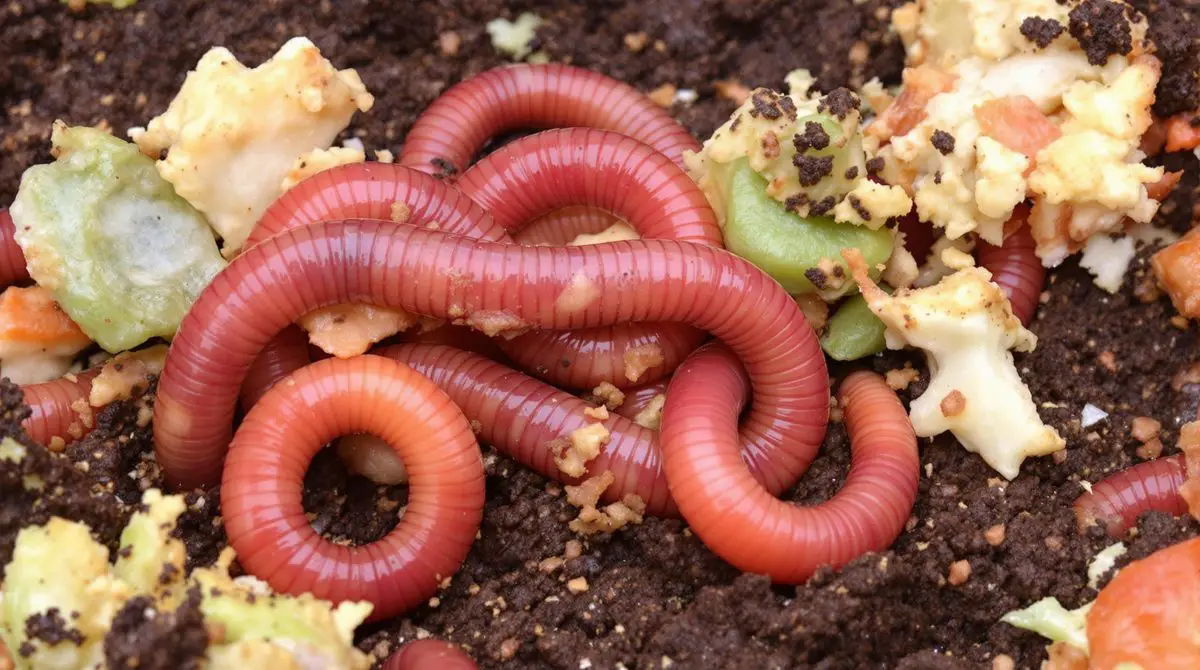
Worm Communication
Did you know worms communicate? They release pheromones to signal food sources or stress. If your worms are clumping together or avoiding certain areas of the bin, it could be a sign of poor conditions, such as too much moisture or an imbalance in pH. Paying attention to these subtle behaviors can help you fine-tune your bin and keep your worms happy and productive.
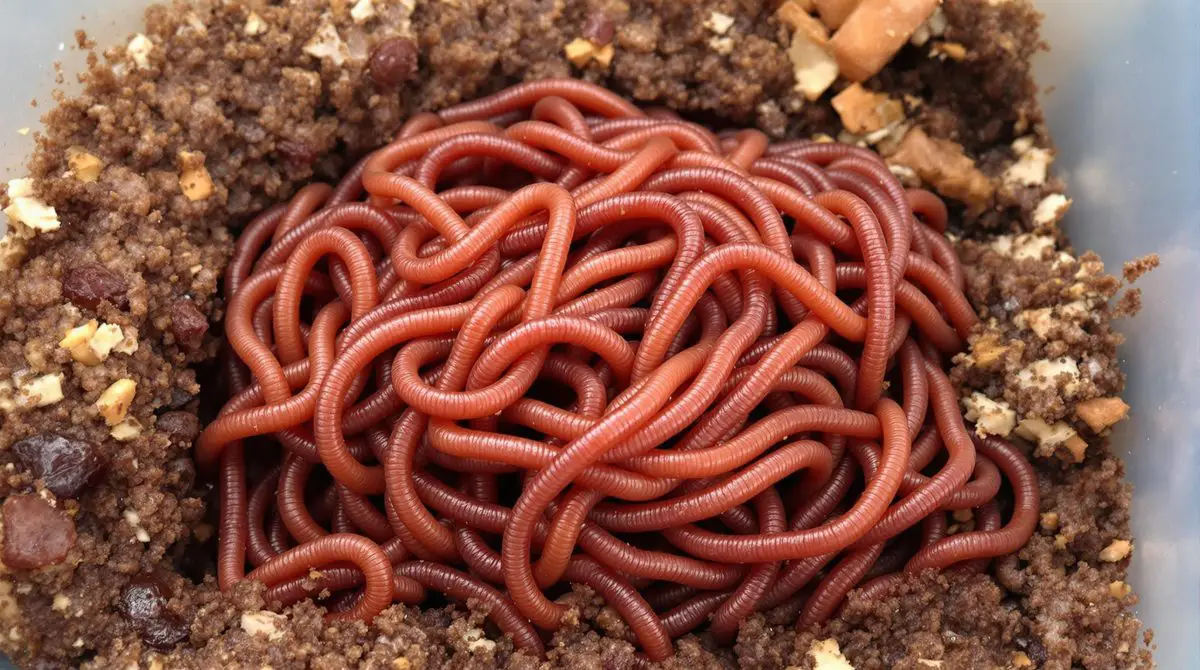
Innovative Bin Setups
Horizontal Migration Systems
Harvesting worm castings can be a messy process, but horizontal migration systems make it easier. By dividing your bin into sections and adding fresh food to one side, you can encourage worms to migrate horizontally toward the new food source. This leaves the other side free of worms, making it simple to collect finished compost.
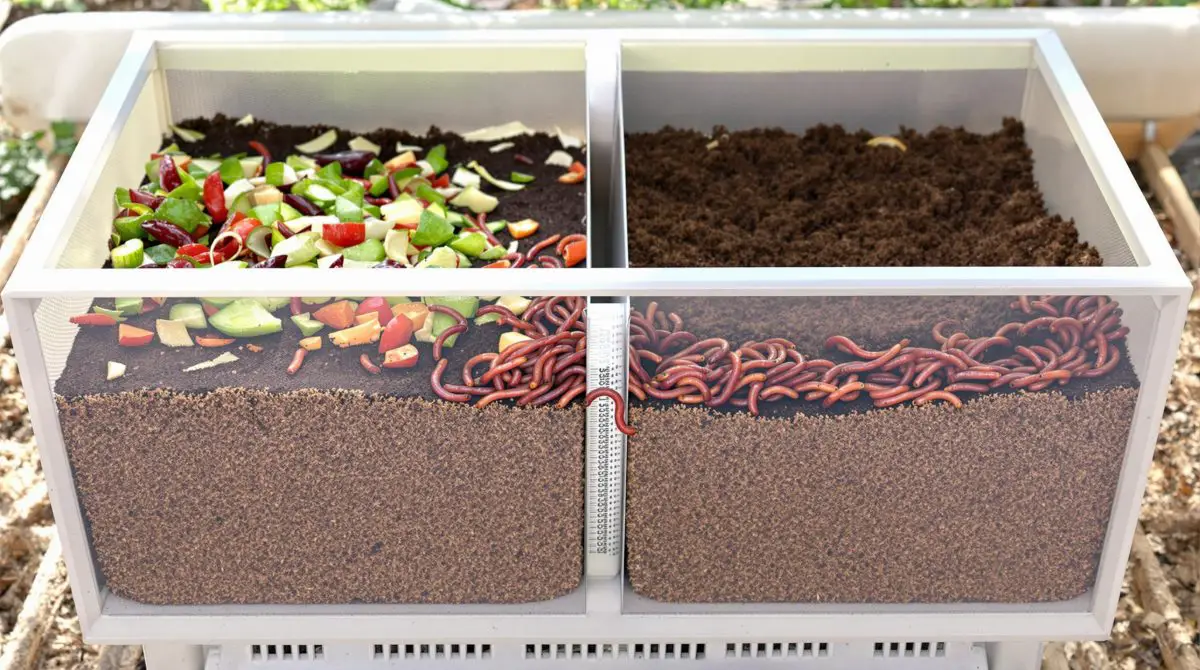
DIY Multi-Level Bins
Stackable bins are a great way to maximize space and efficiency. You can create your own multi-level system using inexpensive materials like plastic crates or buckets. As worms finish composting in the lower levels, they naturally move upward toward fresh food in the higher levels, leaving behind rich castings.
In-Ground Worm Towers
For gardeners, in-ground worm towers are a fantastic option. These are simple tubes or containers buried directly in garden beds, with holes drilled into the sides. You add food scraps to the tower, and worms come and go as they please, enriching the surrounding soil with their castings.
Advanced Feeding Techniques
Pre-Treating Food Scraps
Fermenting food scraps with bokashi before adding them to your worm bin can speed up decomposition and make the scraps more palatable for worms. This technique also helps reduce odors and ensures a steady supply of pre-digested food for your worms.
Note that bokashi can’t be added directly on top of the soil and must be premixed into your soil and allowed to work as your compost pile decomposes
Seasonal Feeding Adjustments
Worms’ appetites can vary with the seasons, so adjusting their diet based on what’s available can keep them healthy. In summer, they love water-rich scraps like melon rinds, while in winter, root vegetable peels and other denser materials are ideal. Keeping a variety of scraps ensures a balanced diet.
Adding Nutrient Boosters
To supercharge your vermicompost, consider adding small amounts of rock dust, biochar, or pulverized eggshells to your bin. These materials enhance the nutrient profile of the castings and provide trace minerals that are beneficial for plants.
Optimizing Bin Conditions
Moisture Management Hacks
Maintaining the right moisture level is crucial for a healthy worm bin. If your bin is too wet, add natural absorbers like coconut coir, shredded corn husks, or even dry leaves. If it’s too dry, lightly mist the bin with water or add water-rich scraps.
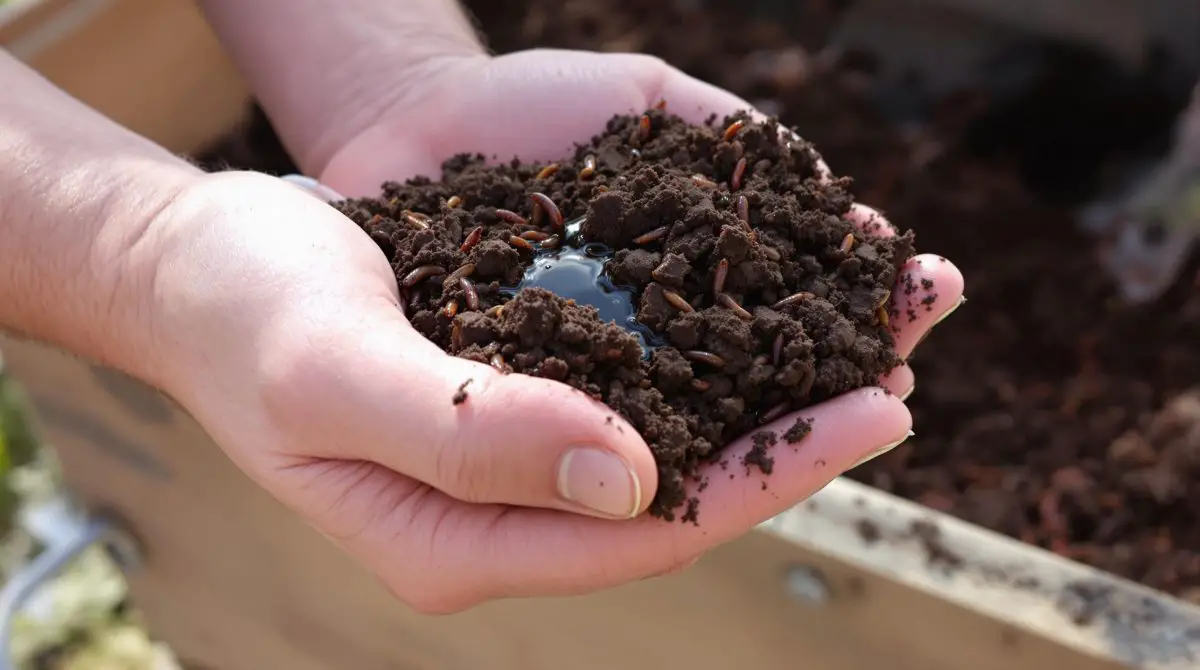
Temperature Control Innovations
Extreme temperatures can stress or kill worms. To stabilize temperatures, consider adding thermal mass to your bin, such as a sealed water bottle. This helps regulate heat in both hot and cold climates, keeping your worms comfortable year-round.
Aeration Techniques
Proper airflow is essential for preventing odors and maintaining a healthy bin. For larger setups, use perforated PVC pipes or mesh dividers to improve aeration. This ensures oxygen reaches all parts of the bin, keeping decomposition aerobic and odor-free.
Harvesting and Using Vermicompost
Efficient Harvesting Methods
One of the easiest ways to separate worms from castings is the light-based method. Simply dump the contents of your bin onto a tarp in small piles. Worms will burrow away from the light, allowing you to collect the castings from the top.
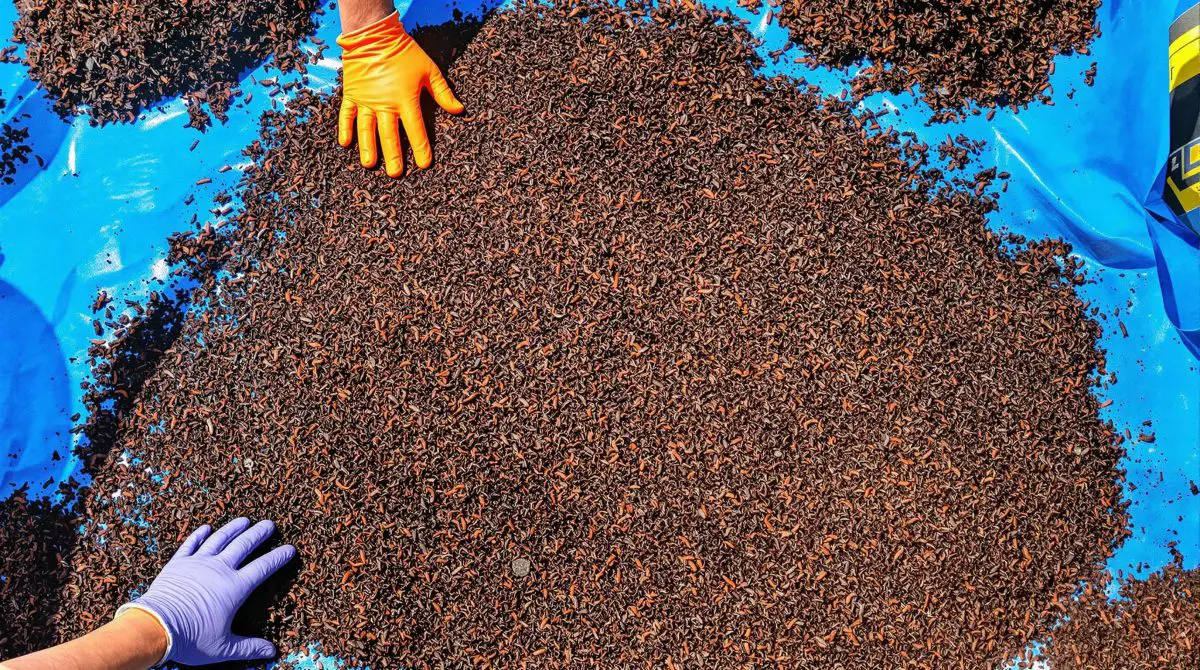
Making Worm Tea
Worm tea is a liquid fertilizer made by steeping worm castings in water. To make it, place a handful of castings in a breathable bag, submerge it in water, and aerate the mixture for 24-48 hours. Dilute the tea before applying it to plants for a nutrient boost.
Specialized Applications
Vermicompost isn’t just for garden beds. Use it for seed starting, as a foliar spray, or even in hydroponic systems. Its microbial richness helps plants thrive in a variety of growing conditions.
Troubleshooting Uncommon Issues
Dealing with Pests
Mites, springtails, and fungus gnats are common in worm bins but can be managed without harming worms. Reduce moisture levels, cover food scraps with bedding, and use sticky traps for gnats.
Addressing Worm Health
If your worms are clumping together or seem sluggish, it could indicate stress. Check for issues like excess moisture, lack of food, or an imbalance in pH. Adjusting these factors can quickly restore their health.
Preventing Overpopulation
Worms reproduce quickly, and overcrowding can become an issue. To manage their population, periodically remove some worms and share them with friends or start a new bin.
Community and Large-Scale Vermicomposting
Collaborative Composting
Community-based vermicomposting initiatives are a great way to reduce waste on a larger scale. These programs often involve shared bins or drop-off points for food scraps, making composting accessible to more people.
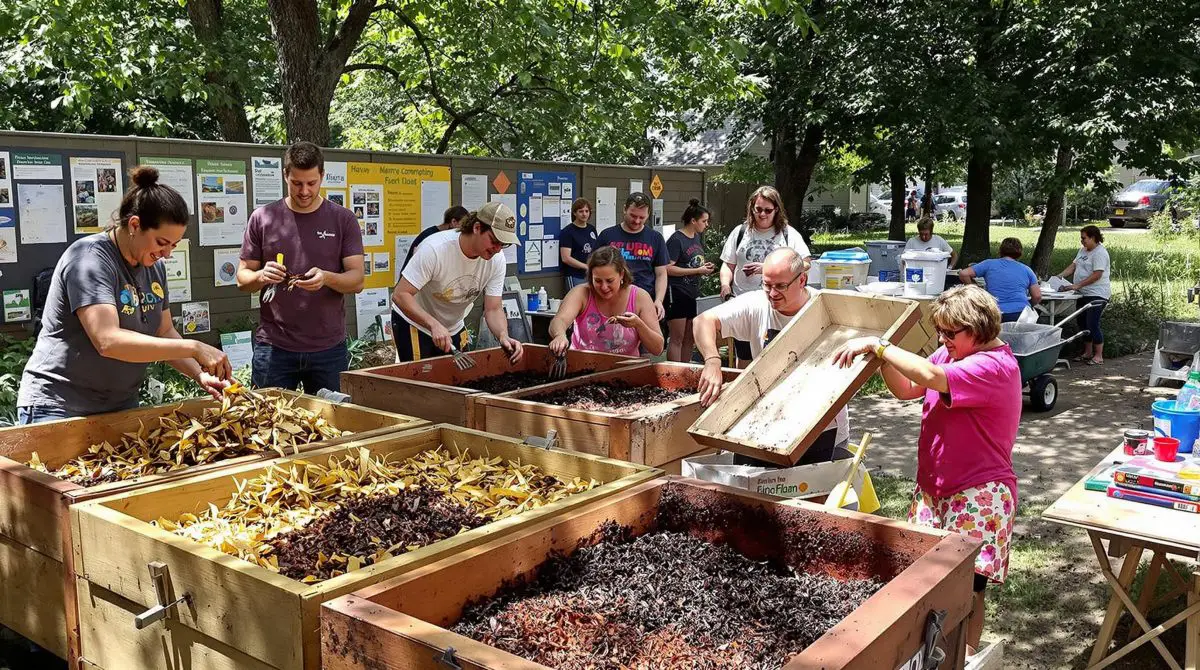
Scaling Up
If you’re ready to go big, transitioning to a larger operation requires careful planning. Source worms in bulk, invest in larger bins, and develop a system for managing higher volumes of waste.
Lesser-Known Benefits of Vermicomposting
Soil Microbial Diversity
Vermicompost doesn’t just add nutrients to soil—it enhances microbial diversity, which improves soil structure, water retention, and plant health.
Carbon Sequestration
Compared to traditional composting, vermicomposting produces less methane and contributes to carbon sequestration, making it a more eco-friendly option.
Conclusion
Vermicomposting is more than just a way to recycle food scraps—it’s a powerful tool for improving soil health, reducing waste, and living sustainably. By incorporating these unique tips and techniques, you can take your worm bin to the next level and enjoy the many benefits of vermicomposting. Start your journey today and discover the hidden potential of your food scraps!

